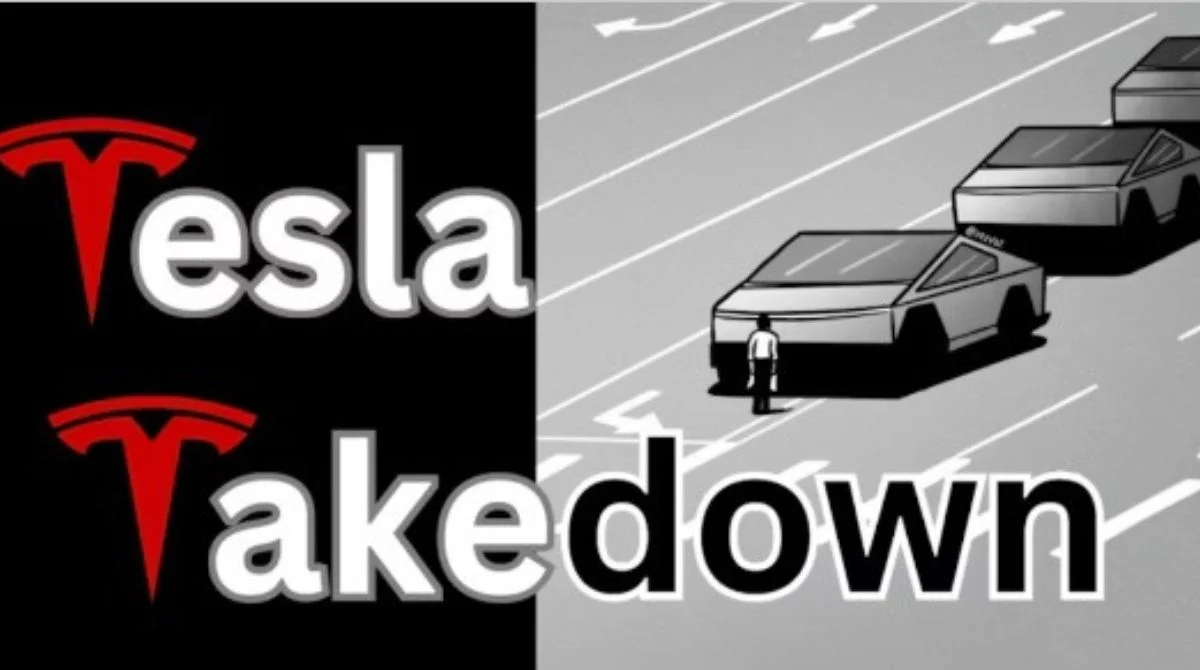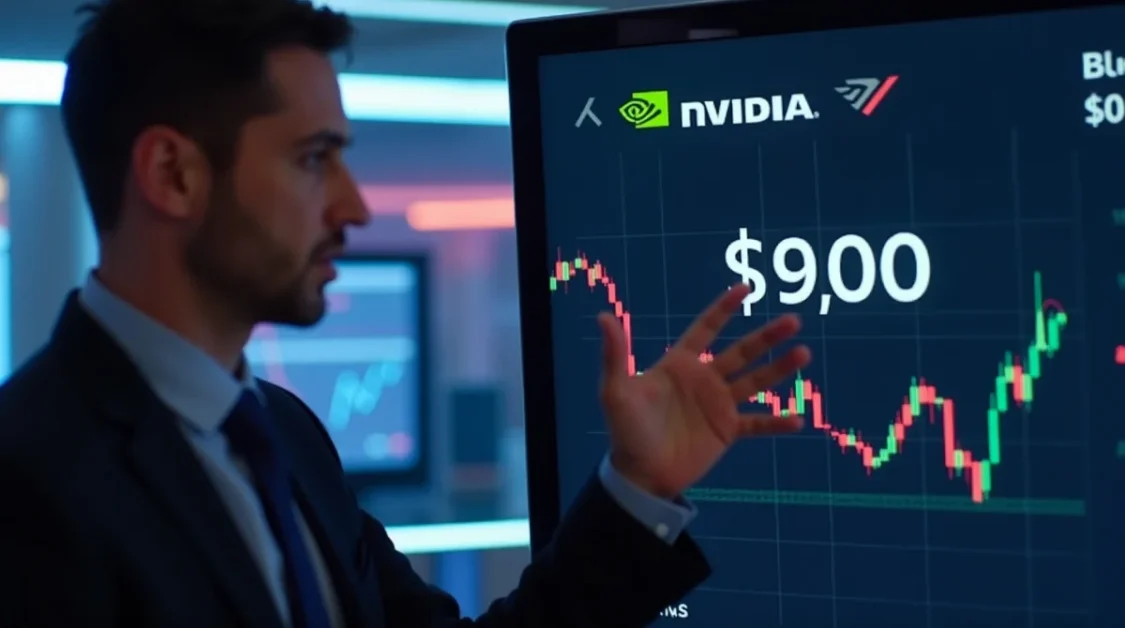On March 29, 2025, the “Tesla Takedown” movement orchestrated a global day of action, with protests at over 500 Tesla locations worldwide, including major cities like New York, London, Vancouver, and Hamburg. These demonstrations aimed to express opposition to Tesla CEO Elon Musk’s political involvement, particularly his role in the Department of Government Efficiency (DOGE), which has been associated with significant reductions in federal programs and workforce.
The movement has garnered international attention, with protests occurring in cities such as Barcelona, London, Lisbon, and Reykjavik. Organizers emphasize that the protests are intended to be peaceful, encouraging participants to sell their Tesla vehicles and stock as a form of economic dissent. However, incidents of arson and vandalism at Tesla dealerships have raised concerns about the potential for violence. U.S. Attorney General Pam Bondi has labeled these attacks as acts of domestic terrorism and announced the formation of an FBI task force to investigate and prosecute those responsible.
In response to the planned protests, supporters of Musk and Tesla have organized counter-demonstrations under the banner “Tesla Shield.” These counter-protesters aim to show solidarity with Musk and oppose the “Tesla Takedown” movement, with events planned in various locations, including Columbus, Ohio, and Irvine, California.
Elon Musk has publicly condemned the protests, equating critics of Tesla with those committing acts of vandalism against the company’s properties. He has suggested that federal measures may be implemented against individuals spreading negative propaganda about Tesla.
As tensions escalate, legal experts caution that peaceful protesters could face unintended consequences if law enforcement begins treating all anti-Tesla actions as criminal. The situation underscores the complex interplay between political activism, corporate influence, and the boundaries of lawful protest.
Also Read: Top 10 Tesla Shareholders: 2024 TSLA Stock Ownership



